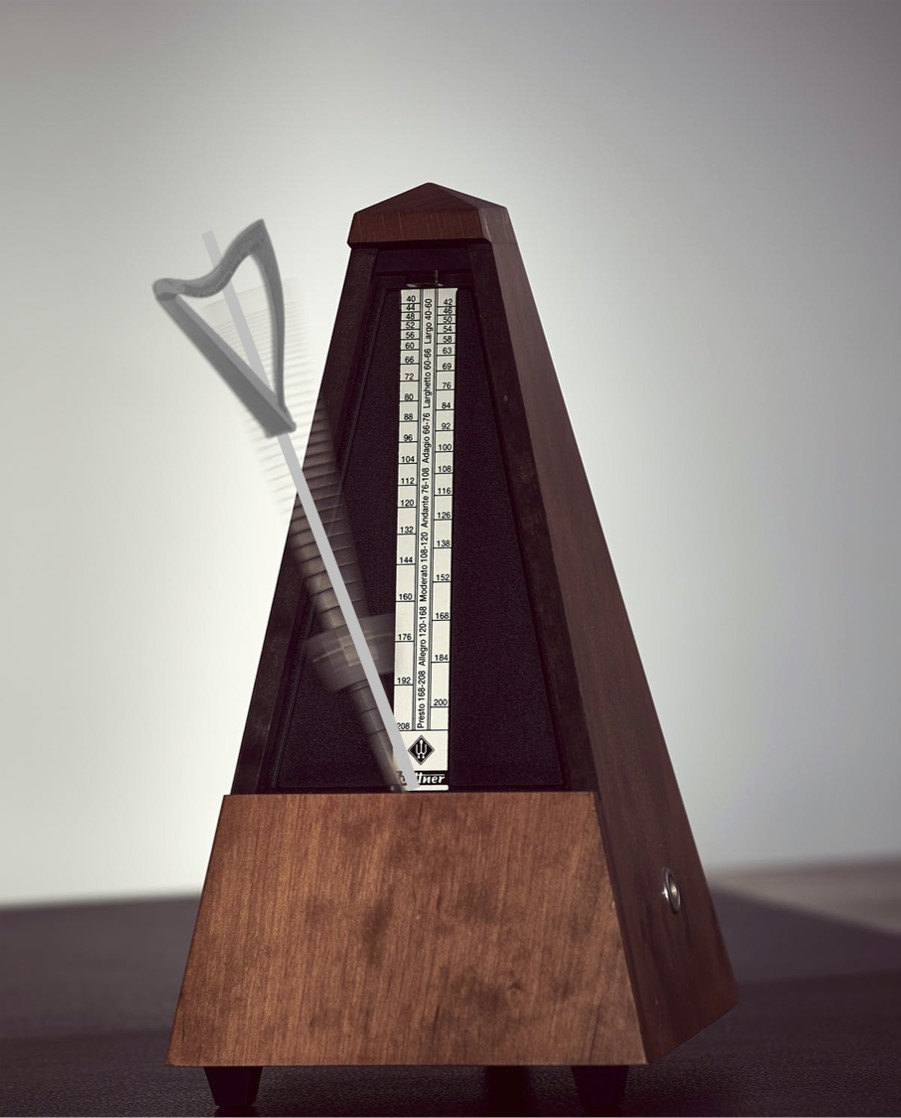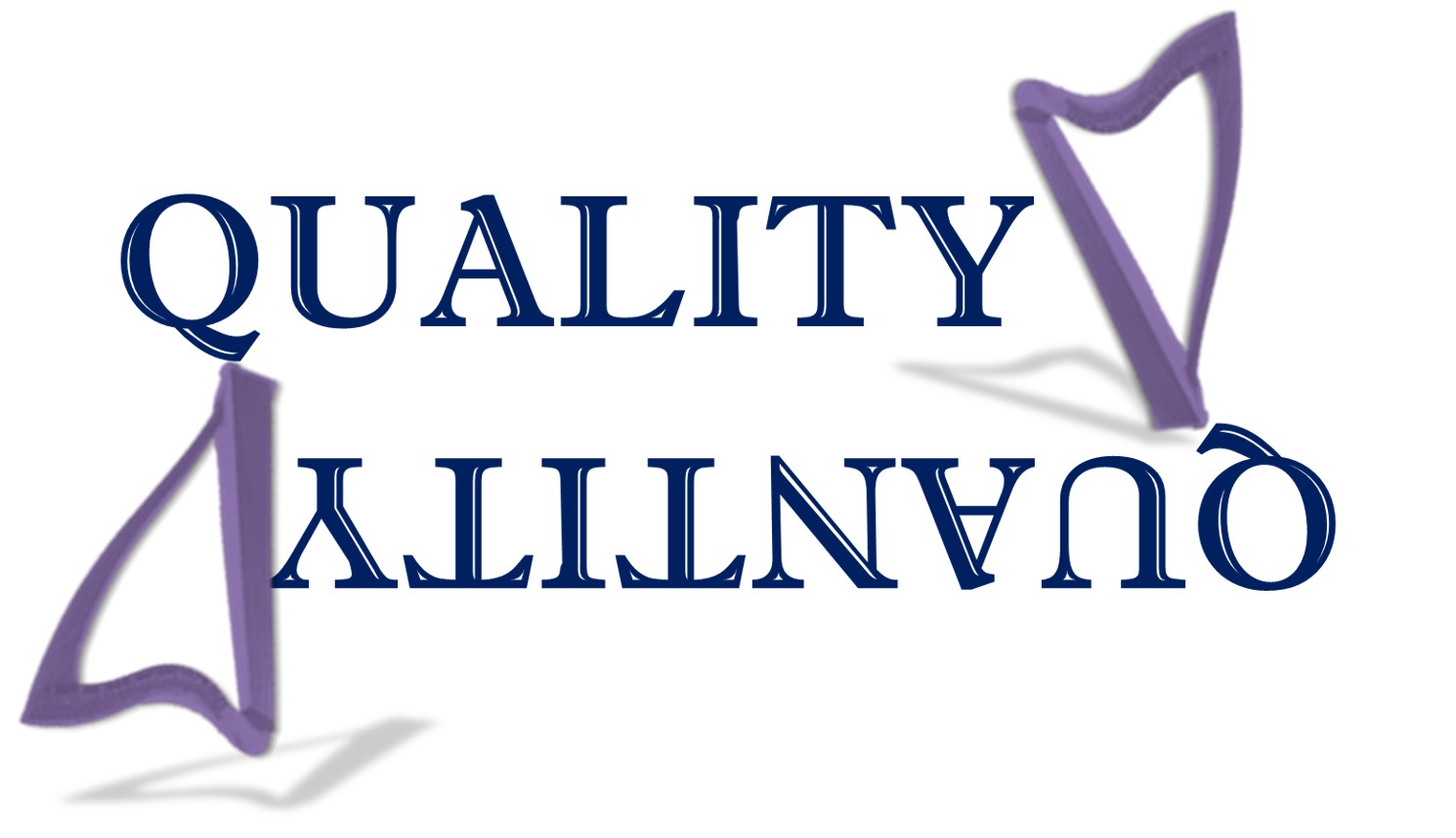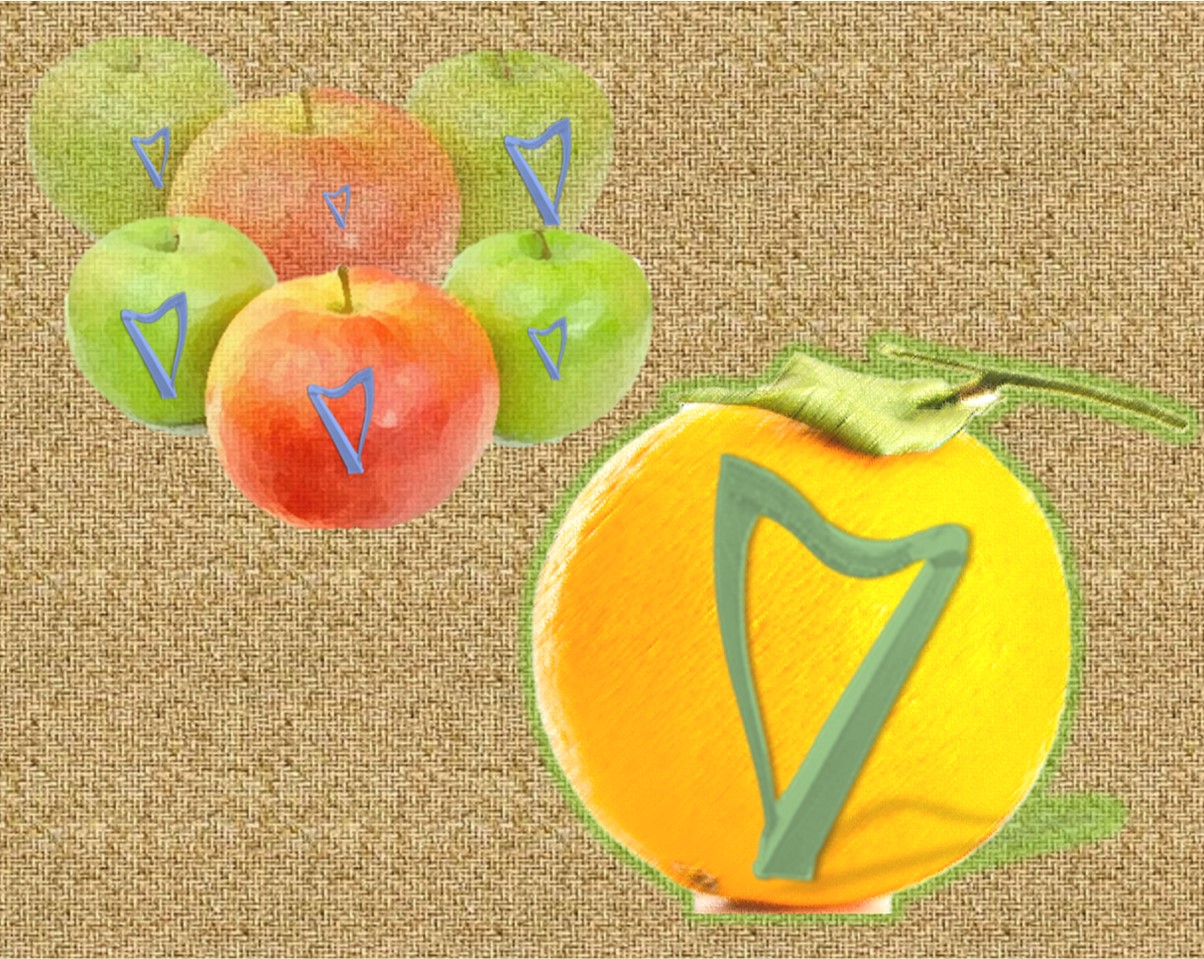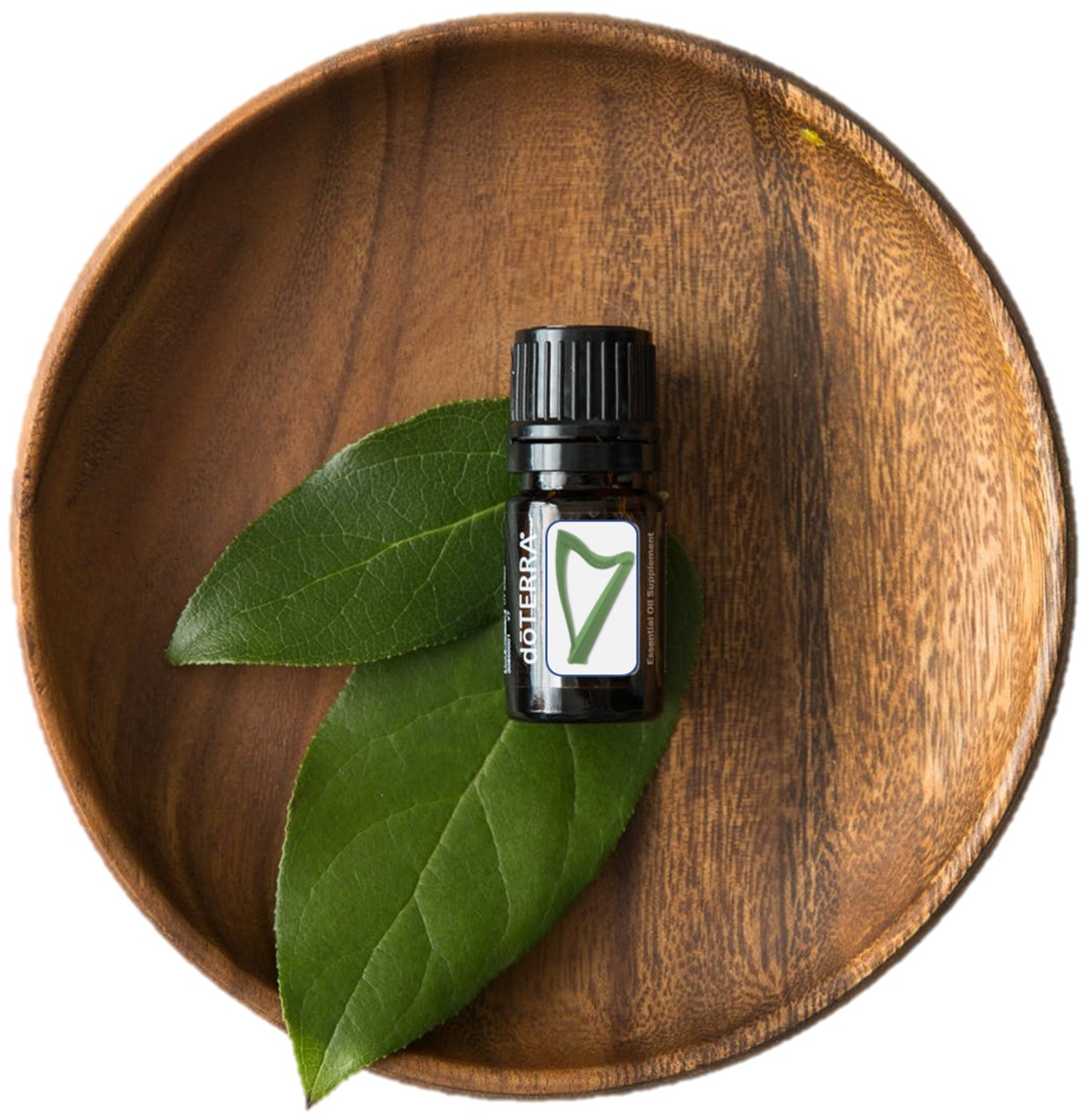While we’re used to thinking about our tools as our harp and the tuning wrench, we have other tools too. Some we use more than others – electronic tuner, nail clippers, splines, music stand (and music) and more. And then there are the tools we have but we resist using – like a recorder…or a metronome!
Why do we resist using these tools? Usually because we think (or we’re fairly sure) we’re not going to like what we learn when we use them. It always feels like they are scolding us!
The metronome seems to hold pride of place as the most hated tool we have. And I get that. My parents gave me my metronome when I was a tween a million years ago when studying piano. It is a glorious wooden-cased Seth-Thomas. But as much as I love that thing, I have hated it for years. I was always late. Or early. Or just couldn’t get the subdivision right. Or I was so busy just trying to “hit the tick” that I’d forget to play. And snaps? Just wasn’t happening.*
 So many mistakes – so very frustrating!
So many mistakes – so very frustrating!
And I know I wasn’t the only one. In fact, I’m writing this because one of you asked! It is easy to feel like the metronome is not just a foe, but a diabolical one!
As “basic” as a metronome is, a lot of people don’t know how to use one. And that’s exactly part of the problem. After all it’s easy, right? All of this will apply regardless of your choice of metronome. Electronic or mechanical, they all do the same thing.
- What is a metronome? A metronome is…(drumroll)… a glorified clock. No, really. Ok, actually it’s a simplified clock. It measures time (that’s what “metronome” means). Just like a clock – but in the increments you might need.
- Why would you use one? A metronome is both regular and variable. Regular in that it will beat out the tempo you set. Variable in that you can change that tempo. Typically, the tick represents a quarter note. You can go slowly for laments (at about 40 beats per minute (bpm)) to reels (at about 125 bpm) to drum and bass (at about 180 bpm). But more importantly, it helps you to be less variable.
- How do you use it? The basics are, again, easy. You select a tempo and play along. Easy-peasy. But it’s not. My breakthrough came when I determined that I needed a tick for each subdivision rather than for each beat. Setting the tick as a quarter note was confusing to me – if I was subdividing (counting in “ands”) then I needed two ticks per beat (a tick for the “1” and another tick for the “and”, a tick for the “2” and another tick for the and, etc.). By adding these additional ticks, the metronome was ticking and tocking to match the way I was counting. It also acts as a regulator so all of the tune is even.
- When to use it? The best answer to when to use a metronome is – anytime! But how you use it may vary depending on when you are in the music. When you are just beginning and learning a piece, I’d suggest you don’t use it. At all. It’s too early, you’re probably barely hanging on to each note, the order they come, etc. You probably don’t have the brain space to add that level of precision counting! You can add the metronome in after you’ve gotten more comfortable with the music. Initially you might use a slow tempo to assure you’re getting the rhythms right. Once you’ve got that squared away, then you can gently increase the tempo to bring the tune up to speed. In this phase, at the tender tempo, you can assure that the tune is even throughout, that the trickier parts aren’t slowing you down, and that the end and the middle are as strong as the beginning. Then you can begin to approach the tempo noted. Go up in small steps (one notch at a time on a mechanical or 2 – 4 beats at a time on an electronic) and as soon as anything is out of whack, slow down a little and approach the speed again (I go back 3 increments when I make an error). This little bit of speed at a time ensures that you learn the tune rather than relying on momentum to get through it**. Once you have the tune at speed, you can spot check your tempo on occasion to assure you have kept the tune the way you want it.
So, hopefully you can see that the metronome is your friend. Even when it feels like it’s winning. With the metronome (and any other tools you know you should use but keep avoiding) the more you avoid it the more you probably need it. But anything that helps you gain clarity can not only help you grow but will do it as a friend (an honest friend!).
What about you? Is your metronome your friend or your foe? How do you use yours? Let me know in the comments!
* And in case you’re wondering, yes, I still have my beautiful wooden cased Seth-Thomas. And yes, I still use it. And yes do I love it – it always reminds me that my original fan club – my parents – knew what i was capable of, even when I didn’t.
** I tell my students to go back 3 increments when a-n-y-t-h-i-n-g is not right. That includes a wrong note, a messed up fingering, a wobbly rhythm, a wonky phrasing, or anything that’s just not right. The first reason is that you are doing this for you so don’t cheat yourself – expect your best. The second is that you don’t want to keep practicing an error, so eradicate errors as soon as you identify them. I guarantee you will not be able to perform the tune sooner by cutting corners!



